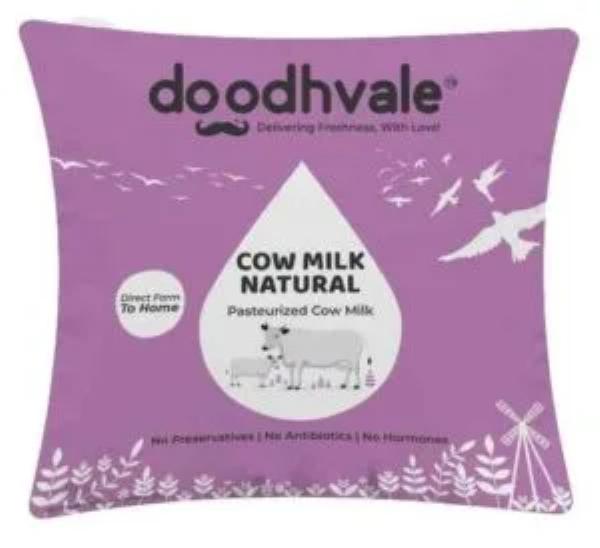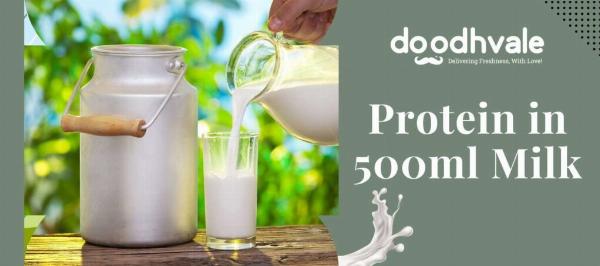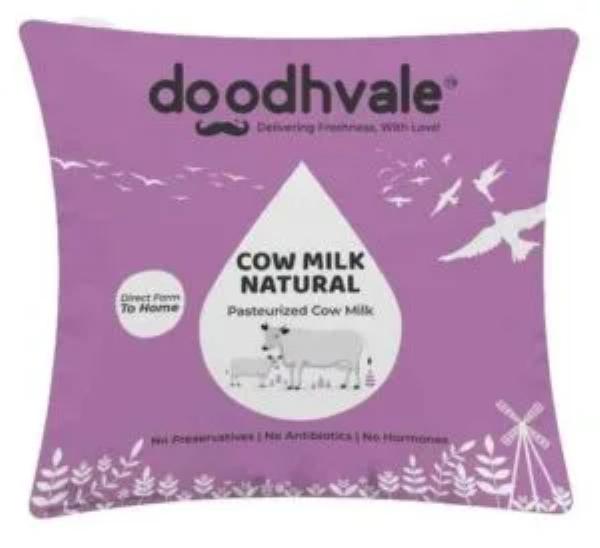 Competitor Backlink Hack – Steal Their Traffic. Legally!
Competitor Backlink Hack – Steal Their Traffic. Legally!
What is Toned Milk? Understanding its Benefits and Uses
Written by vindhyaprocess » Updated on: June 17th, 2025

Toned milk is a popular dairy product in India, known for its balanced nutritional profile and health benefits. It is designed to provide the richness of milk while reducing the fat content, making it a healthier option for daily consumption. This blog from Doodhvale will explore what toned milk is, its production process, nutritional profile, health benefits, and culinary uses.
What is Toned Milk?
Definition:
Toned milk is a type of milk in which the fat content is reduced by adding skim milk or water to whole milk. This process lowers the overall fat percentage while retaining most of the essential nutrients. Typically, toned milk has a fat content of about 3%, compared to the 3.5% to 4% found in whole milk.
Origin:
The concept of toned milk originated in India to increase the availability of milk to a larger population. By reducing the fat content, more milk could be produced from the same amount of whole milk, making it a cost-effective solution.
Production Process
1. Skimming:
The process begins with skimming, where the cream (fat) is separated from whole milk using a centrifuge. This produces skim milk, which has a very low-fat content (less than 0.5%).
2. Mixing:
The skim milk is then mixed with whole milk in specific proportions to achieve the desired fat content, usually around 3%.
3. Homogenization:
The mixture is homogenized to ensure uniform consistency and prevent the separation of fat. This process breaks down the fat molecules, distributing them evenly throughout the milk.
4. Pasteurization:
Finally, the milk is pasteurized to kill any harmful bacteria and ensure safety for consumption. This involves heating the milk to a specific temperature for a set period.
Nutritional Profile
1. Fat:
Toned milk contains about 3% fat, which is lower than whole milk but higher than skim milk. This moderate fat content makes it a balanced option for those looking to reduce fat intake without sacrificing taste.
2. Protein:
Toned milk is a good source of high-quality protein, providing around 8 grams per cup (240 ml). Protein is essential for muscle repair, growth, and overall body function.
3. Calcium:
Toned milk is rich in calcium, which is crucial for maintaining strong bones and teeth. One cup provides approximately 300 mg of calcium, about 30% of the recommended daily intake.
4. Vitamins:
Toned milk retains essential vitamins such as vitamin D, vitamin B12, and riboflavin (B2). Vitamin D is particularly important for calcium absorption, while B vitamins support energy metabolism and red blood cell formation.
5. Minerals:
In addition to calcium, toned milk provides other important minerals like potassium, phosphorus, and magnesium, which support various bodily functions, including heart health and bone strength.
6. Carbohydrates:
Toned milk contains about 12 grams of carbohydrates per cup, primarily in the form of lactose, a natural sugar found in milk.
7. Calories:
One cup of toned milk has approximately 120 calories, making it a lighter option than whole milk, which has about 150 calories per cup.
Health Benefits
1. Weight Management:
Due to its lower calorie and fat content, toned milk is an excellent choice for those looking to manage their weight. It allows individuals to enjoy the nutritional benefits of milk without the added calories from fat.
2. Heart Health:
Reducing saturated fat intake is important for heart health. Toned milk contains less saturated fat compared to whole milk, which can help maintain healthy cholesterol levels and reduce the risk of heart disease.
3. Bone Health:
The high calcium and vitamin D content in toned milk supports bone health and helps prevent conditions like osteoporosis. It is especially beneficial for children, adolescents, and postmenopausal women who have higher calcium needs.
4. Muscle Maintenance:
The protein in toned milk aids in muscle repair and growth, making it a good option for athletes and physically active individuals.
5. Hydration:
Milk is about 90% water, making toned milk a hydrating beverage. It also provides electrolytes like potassium and magnesium, which are important for maintaining fluid balance and preventing dehydration.
Culinary Uses
1. Beverages:
Toned milk can be consumed on its own or used in beverages like tea, coffee, and smoothies. It provides a lower-calorie option while still delivering a creamy taste.
2. Cooking and Baking:
Toned milk can be used in recipes that call for milk, including soups, sauces, and baked goods, without significantly altering the taste or texture. Its moderate fat content ensures that dishes remain flavorful.
3. Dairy Products:
Toned milk can be used to make yogurt, paneer (Indian cottage cheese), and other dairy products, offering a healthier alternative to full-fat versions.
Conclusion
Toned milk is a nutritious and versatile option for those looking to reduce their fat and calorie intake while still benefiting from the essential nutrients found in milk. Its balanced nutritional profile makes it suitable for a wide range of consumers, from children to the elderly. Whether you are managing your weight, focusing on heart health, or simply looking for a hydrating and nutrient-rich beverage, toned milk can be a beneficial choice. With its wide range of culinary uses, toned milk is a practical and healthy addition to your daily diet.
Note: IndiBlogHub features both user-submitted and editorial content. We do not verify third-party contributions. Read our Disclaimer and Privacy Policyfor details.
Copyright © 2019-2025 IndiBlogHub.com. All rights reserved. Hosted on DigitalOcean for fast, reliable performance.
















